On Thursday, February 15, at 9:01 a.m., Dhaka moved up to the second spot on the list of cities worldwide experiencing extreme air pollution, scoring 266 on the Air Quality Index (AQI). AQI values of 303, 222, 183, and 183 placed Kolkata and Delhi in India, along with Karachi and Lahore in Pakistan, in first, third, fourth, and fifth place, respectively.
The AQI classifies pollution levels into different categories, with a range of 151 to 200 deemed 'unhealthy' and 201 to 300 labeled as 'very unhealthy'. Beyond 300, the AQI enters the 'hazardous' range, posing significant health risks. This index serves as a crucial tool for informing individuals about air cleanliness or pollution and the potential health impacts they may face.
Dhaka's AQI calculation in Bangladesh takes into account five harmful substances: tiny particles (PM10 and PM2.5), nitrogen dioxide, carbon monoxide, sulfur dioxide, and ozone. The city has long struggled with air pollution, especially worsening during the winter months but slightly improving during the monsoon season.
According to the World Health Organization (WHO), approximately seven million people worldwide die annually due to air pollution-related illnesses, including stroke, heart diseases, chronic lung ailments, lung cancer, and sudden respiratory infections.



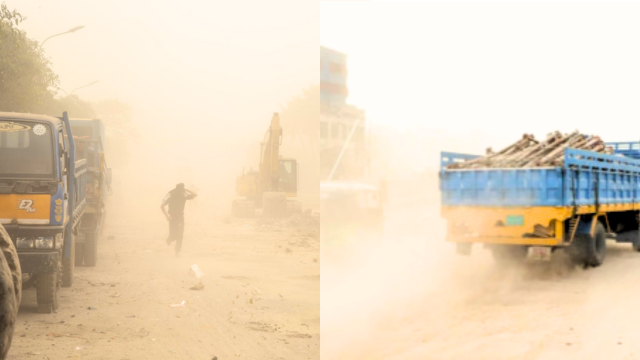
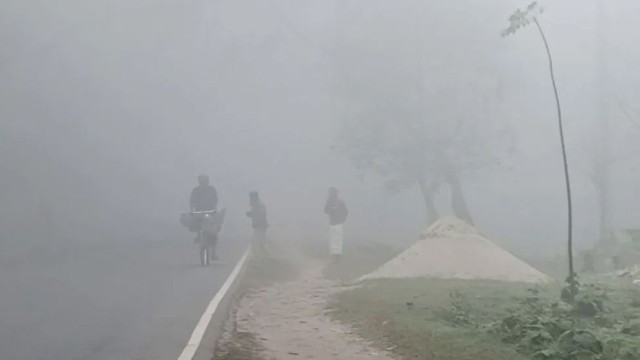
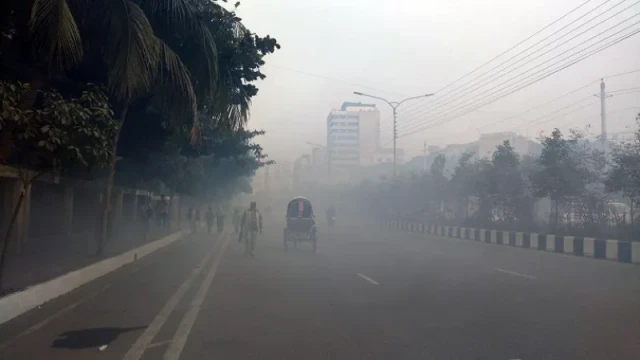
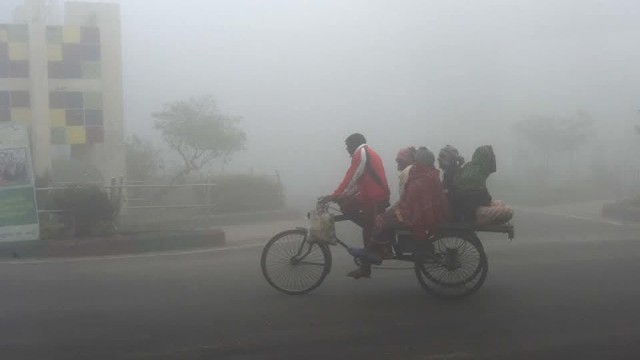
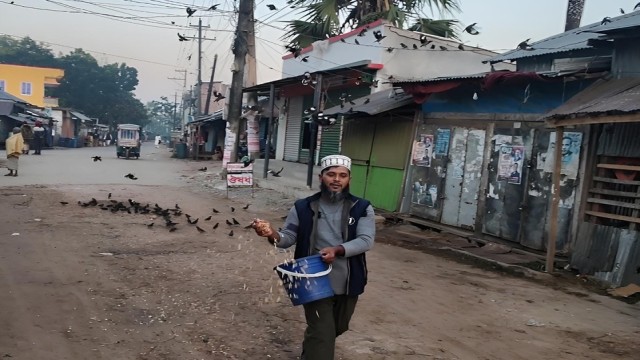
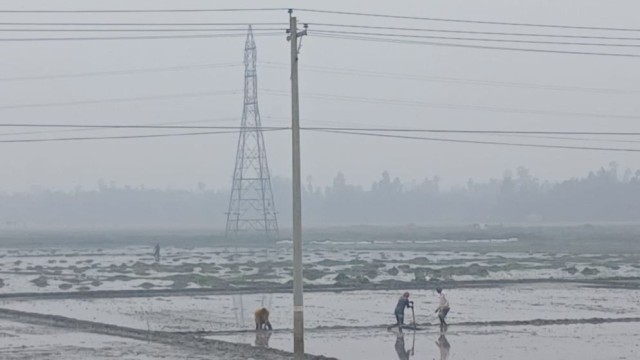
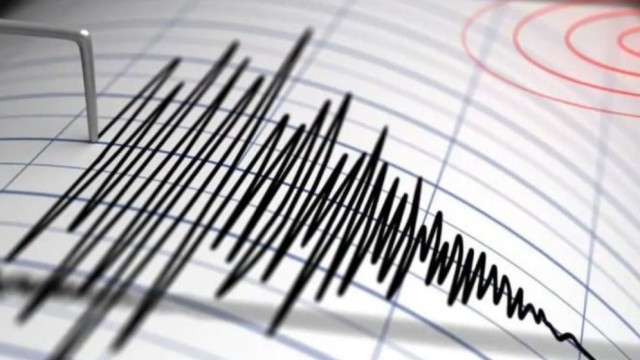




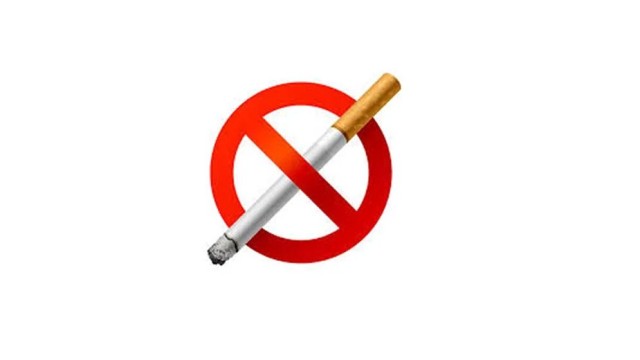

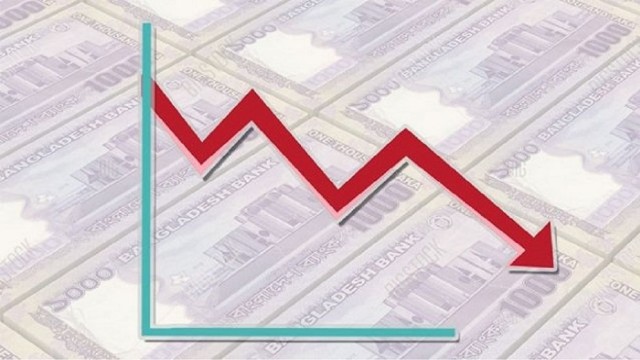






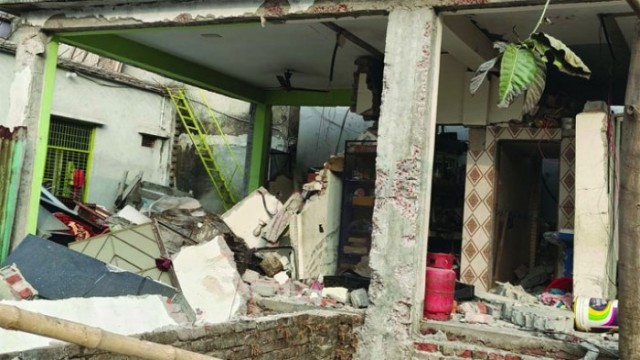


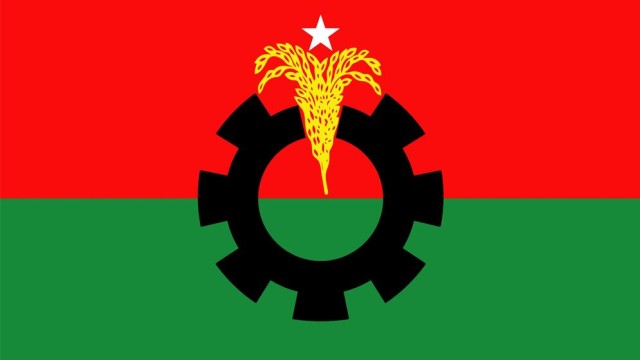


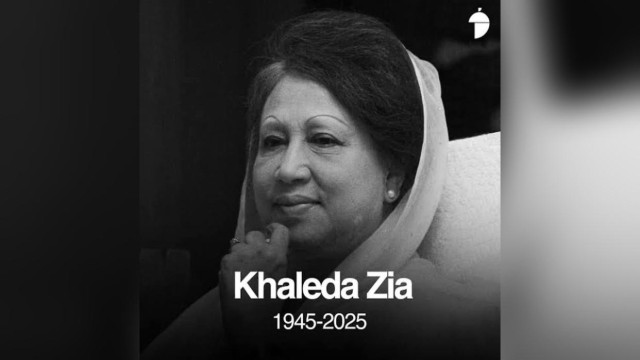
Comment: